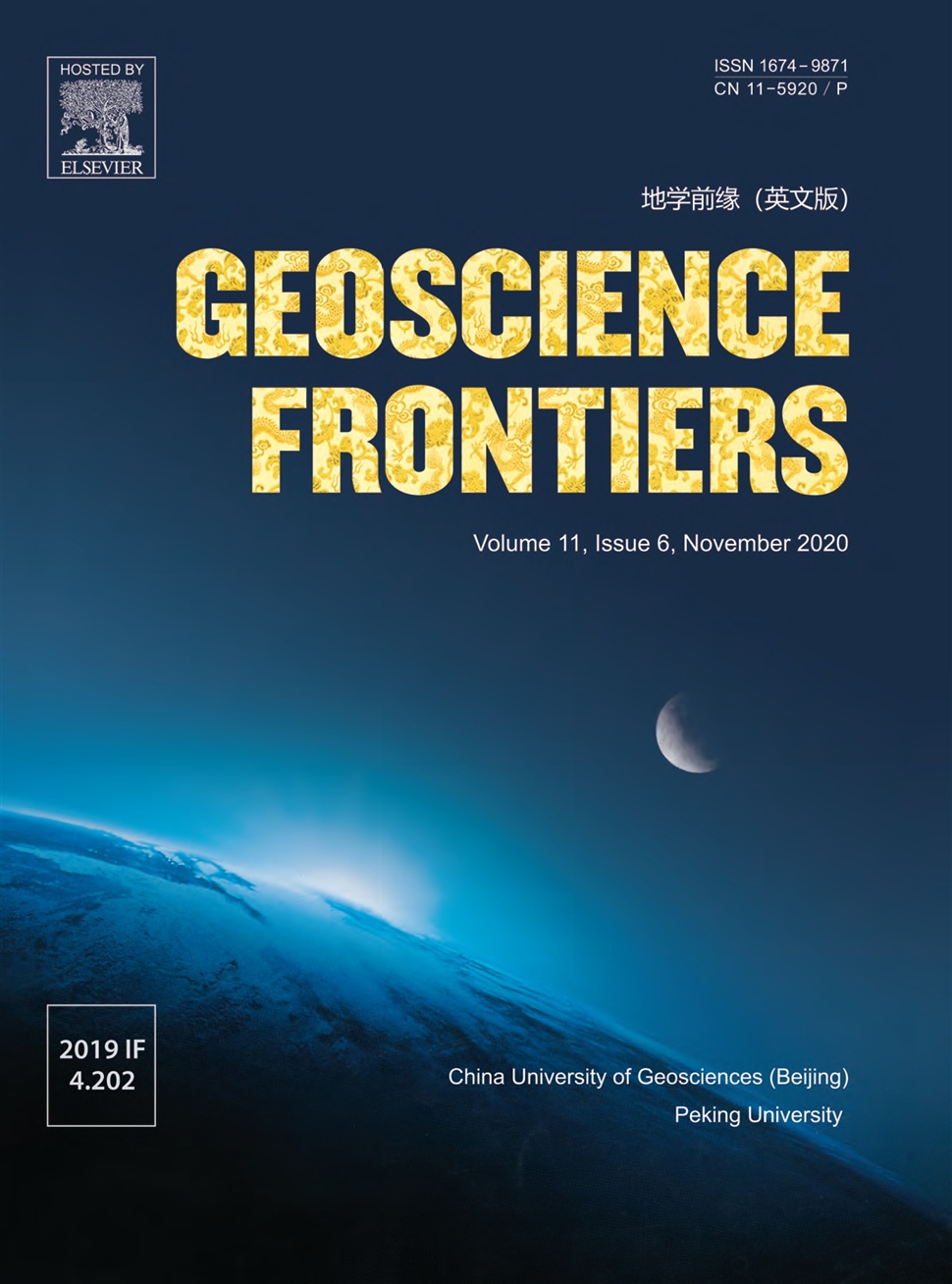Switching from advancing to retreating subduction in the Neoproterozoic Tarim Craton, NW China: Implications for Rodinia breakup
作者:Guanghui Wu,Shuai Yang,Wei Liu,R.Damian Nance,Xin Chen,Zecheng Wang,Yang Xiao
摘要:Geodynamic drivers for the supercontinent cycle are generally attributed to either top-down(subduction-related)or bottom-up(mantle-related)processes.Compiled geochemical data and U-Pb ages and Hf isotopic signatures for magmatic and detrital zircons from the Tarim Craton reveal a distinct change in subduction style during the Neoproterozoic.The subduction cycle is recorded in increasing and decreasing intensity of subduction-related magmatic rocks and time-equivalent sedimentary successions,and converse trends ofεHf(t)values and corresponding changes in crustal incubation time.These trends are consistent with a switch from advancing to retreating subduction.The switch likely occurred at ca.760 Ma when zirconεHf(t)values increase and crustal incubation times decrease following a transitional shift between 800 Ma and 760 Ma.A switch at this time is consistent with Rodinia breakup and may have resulted in the late Neoproterozoic Tarim rift basin.The long-lived(ca.500 Ma)subduction recorded in the Tarim Craton suggests the predominance of a top-down process for Rodinia breakup on this part of its margin.
发文机构:School of Geoscience and Technology Southwest Petroleum University PetroChina Research Institute of Petroleum Exploration&Development Department of Geological Sciences
关键词:SupercontinentbreakupTop-downtectonicsRODINIASUBDUCTIONU-Pb-Hfisotopes
分类号: P59[天文地球—地球化学]
- Evolution of Mount Cameroon volcanism: Geochemistry, mineral chemistry and radiogenic isotopes(Pb, Sr, Nd)
- A large epeiric methanogenic Bambuí sea in the core of Gondwana supercontinent?
- Adakite-like granitoids of Songkultau:A relic of juvenile Cambrian arc in Kyrgyz Tien Shan
- Subaerial hot springs and near-surface hydrothermal mineral systems past and present,and possible extraterrestrial analogues
- East African topography and volcanism explained by a single,migrating plume
- Late Mesozoic topographic evolution of western Transbaikalia:Evidence for rapid geodynamic changes from the Mongol-Okhotsk collision to widespread rifting
- Water in coesite: Incorporation mechanism and operation condition,solubility and P-T dependence, and contribution to water transport and coesite preservation
- Constructing the latest Neoproterozoic to Early Paleozoic multiple crust-mantle interactions in western Bainaimiao arc terrane,southeastern Central Asian Orogenic Belt
- Characteristics of carbonatites from the northern part of the Korean Peninsula: A perspective from distribution, geology and geochemistry
- Recognition of two contrasting structural-and mineralogical-gold mineral systems in the Youjiang basin,China-Vietnam:Orogenic gold in the south and Carlin-type in the north


